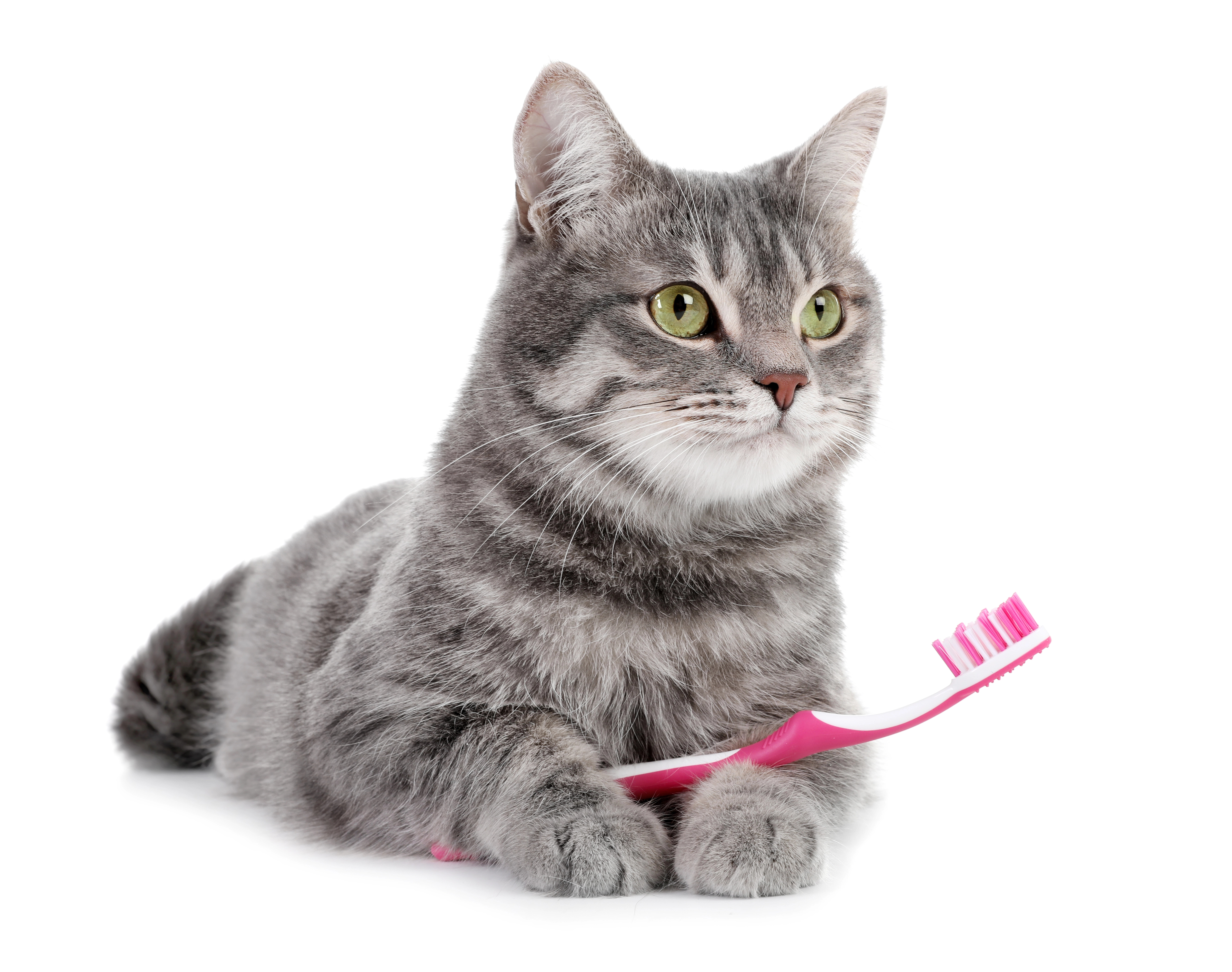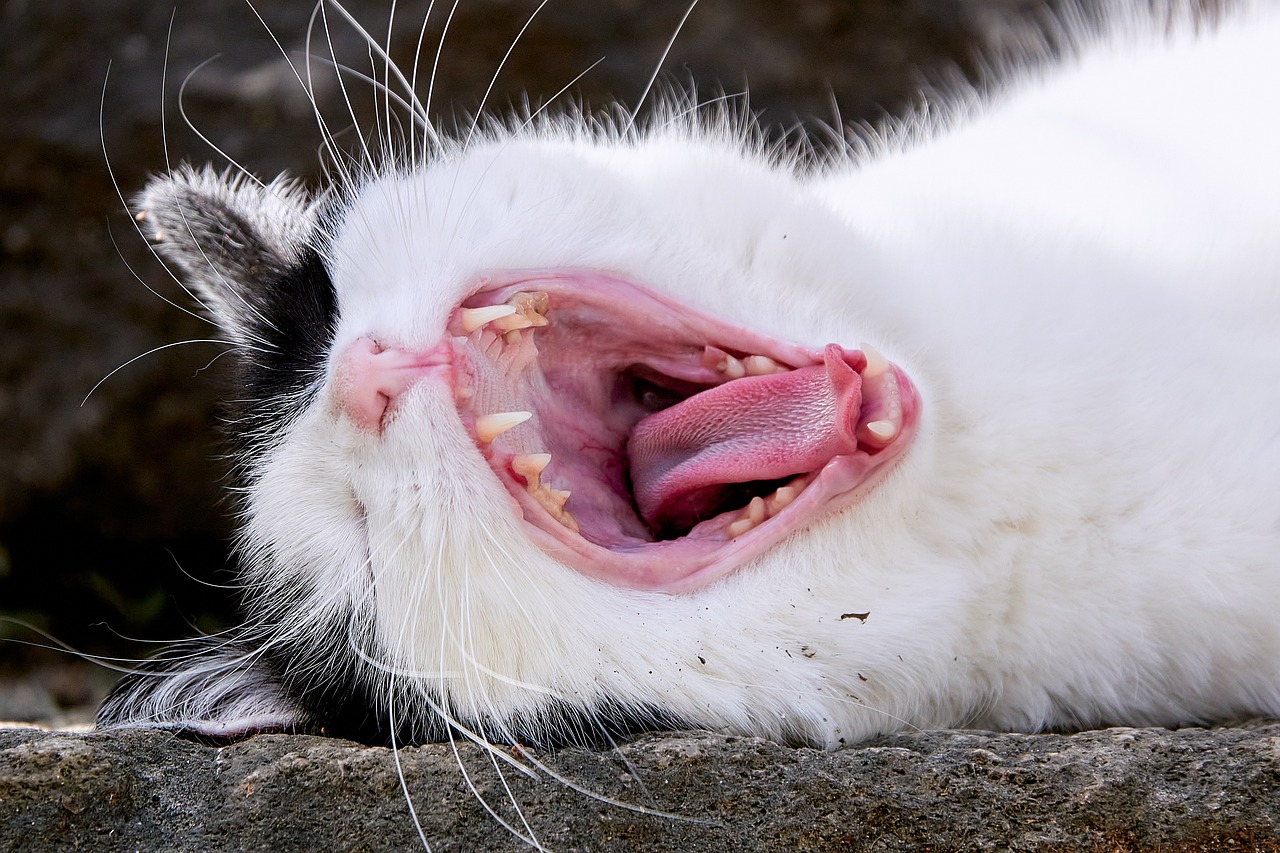Feline Tooth Resorption: A Commonly Overlooked Dental Issue In Cats

What Are Tooth Resorptions?
Tooth resorptions, technically known as feline odontoclastic resorptive lesions (FORL), are dental abnormalities that occur predominantly in cats, with occasional cases seen in dogs. These lesions develop at the base or neck of a tooth, akin to cavities. Unfortunately, they are often challenging to detect, as gum tissue tends to grow over them in an attempt to shield the area.
There are three primary types of TRs, as explained by Dr. Brook A. Niemiec, a specialist in veterinary dentistry:
Type 1: Involves resorption of the tooth's root, with the root canal and periodontal ligaments remaining normal.
Type 2: Characterized by replacement resorption, where the root canal and periodontal ligament also undergo resorption. In advanced cases, the tooth can be entirely taken over by bone, leaving nothing of the original tooth structure.
Type 3: Essentially a combination of Types 1 and 2.
What Triggers Tooth Resorptions?
While the exact cause of TRs remains unclear, there are ongoing investigations into potential factors. Notably, dental disease-related inflammation is often associated with the development of TRs. These lesions are the most prevalent dental issue in cats, with purebred cats at a heightened risk.
Do Tooth Resorptions Cause Pain?
Yes, tooth resorptions are painful. When a dental probe is gently placed on the lesion, cats typically exhibit signs of pain, such as jaw chattering or vibrating. Some cats may also display reduced appetite, paw at their mouth, drool, or experience weight loss.
However, it's essential to note that, as with my cat Mottley's case, there are often no overt signs of TRs. Surprisingly, most animals eat relatively usually, even with severe dental disease.
How Are Tooth Resorptions Diagnosed?
In most cases, TRs can be identified during routine physical exams. However, they may remain undetected until a cat is under anesthesia for a dental examination and cleaning.
What Is the Treatment for Tooth Resorptions?
The average cost of treating feline odontoclastic disease, based on 2013 policyholder claims, is $382. Treatment for most Type 1 and Type 2 TRs involves extracting affected teeth. If left untreated, the tooth will continue to deteriorate, causing ongoing pain to the cat. Early-stage teeth with TRs can sometimes be preserved through restorative procedures.
Advanced Type 2 TRs and Type 3 TRs can be treated with a modern technique known as crown amputation. This procedure involves cutting the tooth at the crown, smoothing the remaining bone, and closing it with a gum flap. According to Dr. Niemiec, crown amputation is "much less traumatic than pursuing a root that no longer exists," with quicker healing times for the cat.
Before performing a crown amputation, several prerequisites must be met:
-
Confirm the Type 2 lesion through radiography.
-
Observe no evidence of a root canal in radiographs.
-
Detect no proof of a periodontal ligament in radiographs.
-
Ensure the cat exhibits no signs of periodontal disease.
-
Confirm the absence of endodontic disease in the cat.
-
Ensure the cat is not undergoing treatment for caudal stomatitis, an oral cavity inflammation.
Get insurance plans with wide-ranging coverage options










